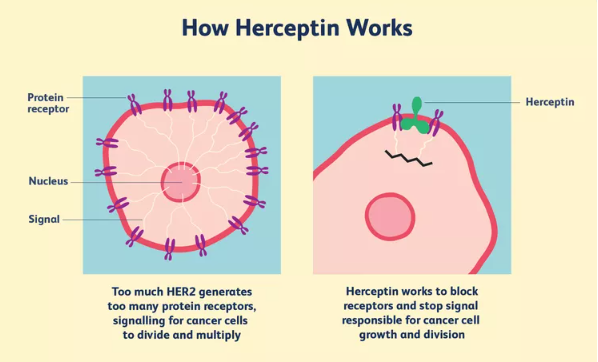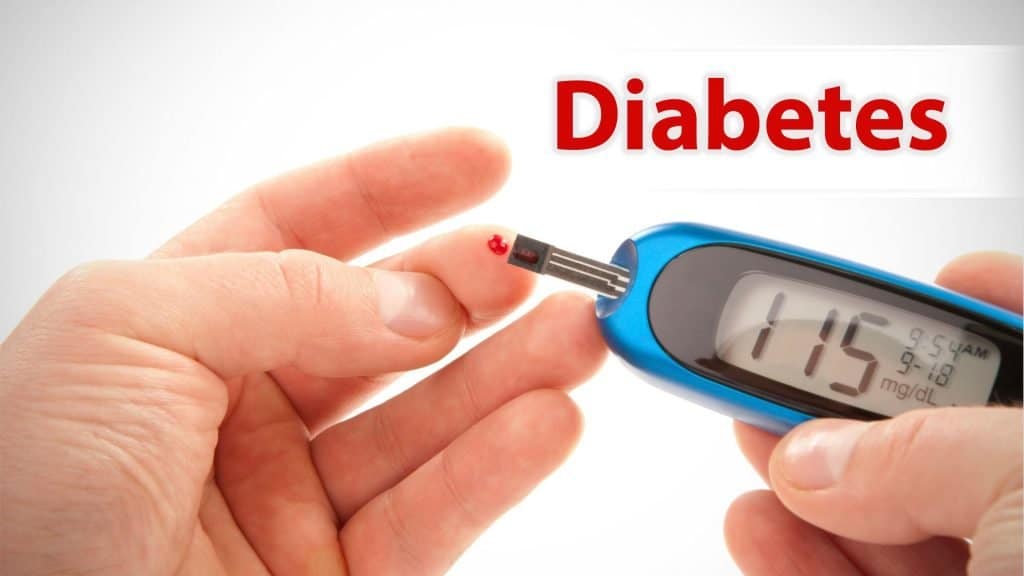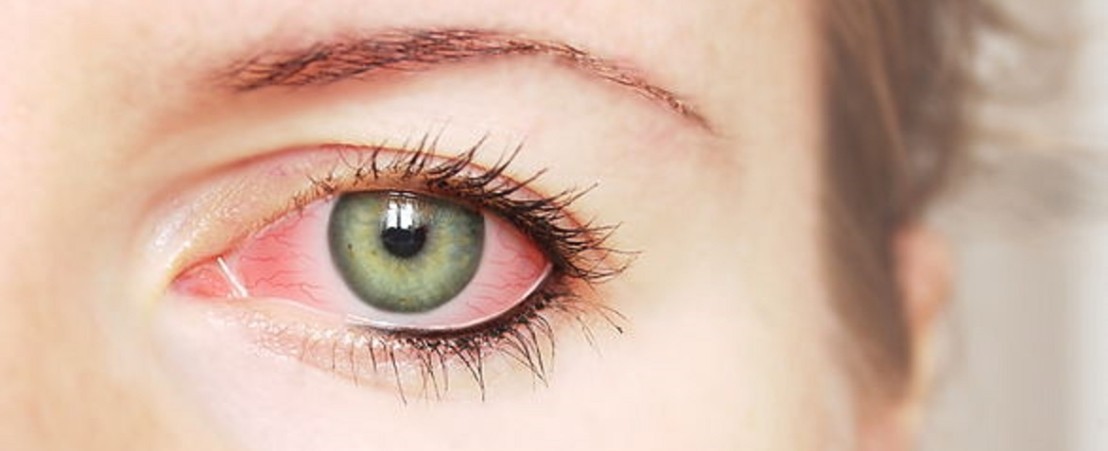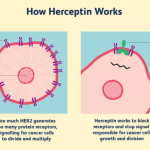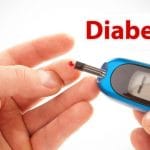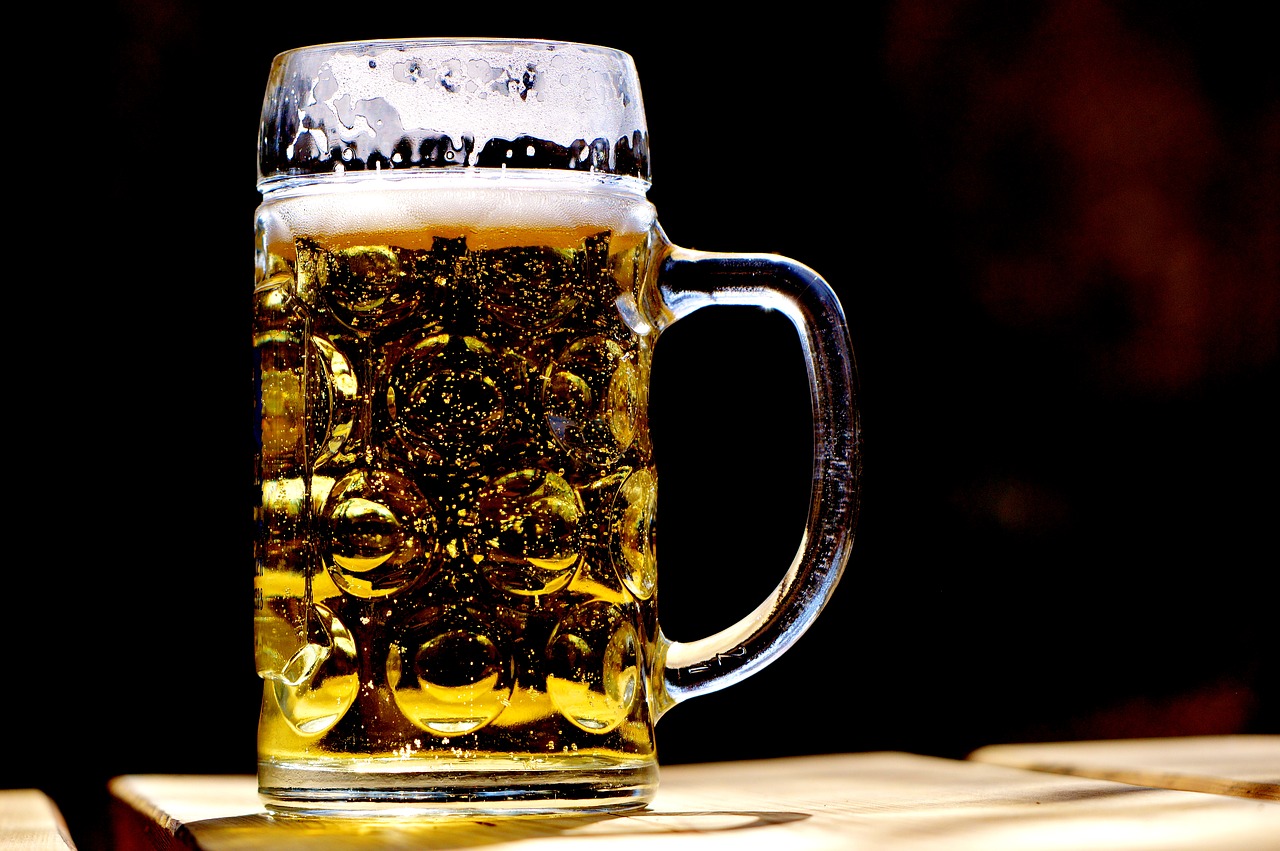Before knowing about the Coronavirus Status and Testing Procedures, we should know about the coronavirus and coronavirus in nepal status first. Coronavirus disease (COVID-19) is simply an infectious disease caused by a newly discovered coronavirus. Mainly 90% of people will experience coronavirus early symptoms like high fever, dyspnoea, cough, etc while about 10% it is asymptomatic.
“The virus won’t come your home until and unless you go out and bring in’’.
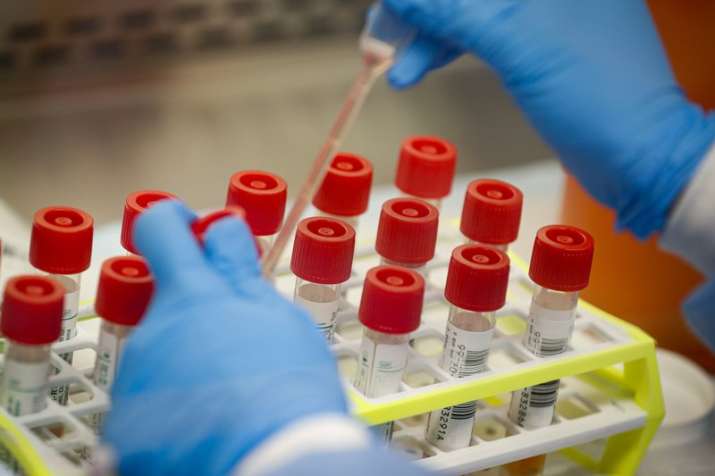
Coronavirus Status and Situation in Nepal
To date, coronavirus outbreak had infected more than 600 corona cases are confirmed by RT-PCR (Reverse transcriptase – Polymerase chain reaction) method with 87 recovered and 3 coronavirus death according to MoHP Nepal. As per WHO the phenomenon of Testing, Tracing, and Treating (TTT) must be followed by every country to assure that pandemic of COVID-19 is within the control of the country.
Nepal has reacted very slow to seal the borders, cancel the flights, internal and external transportation hence the cases are increasing day by day in a shocking manner. I believe, the thought of Nepalese people is of prime concern. People are aware of this novel virus via the internet, TV, Radio, etc but still they think this virus cannot kill Nepali people, as no one is dead to date and due to this climate, the environment, food, and lifestyle we can get rid of the virus. The ignorance of people may multiply the number to a high extent so there is another option to follow the government decision of LOCKDOWN.
Testing Procedure in Nepal
Two types of testing procedures are followed in Nepal as a coronavirus test. They are
- RDT( Rapid Diagnostic Test)
- RT-PCR (Reverse transcription-polymerase chain reaction)
So, let’s go to know them one by one.
-
RDT(Rapid Diagnostic Test)
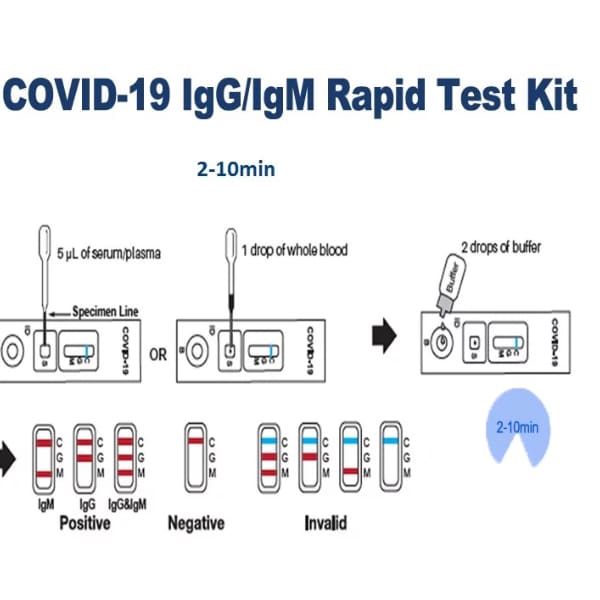
RDT( Rapid Diagnostic Test) in Nepal
The tests are carried out with the help of kits, based on host antibody detection.
RDT test detects the presence of antibodies in the blood of people. The virus (antigen) when enters the body antibodies are produced over days to weeks after infection with the virus. Major Studies on COVID19 disease suggest that the majority of patients develop antibody response only in the second week after onset of symptoms. If the person is tested early the report may be negative but may develop antibodies in later days and have positive results. This means this test is best suited for people during the recovery phase.
In Nepal, RDT tests are done early and if the results are negative they are not tested for RT-PCR. Still, the virus may be present during this period, as antibody production by body needs a few days. WHO suggests not to use the antibody-detecting rapid diagnostic tests for patient care but encourages the continuation of work to establish their usefulness in disease surveillance and epidemiologic research.
-
RT-PCR (Reverse transcription-polymerase chain reaction)
The COVID-19 RT-PCR test is a real-time reverse transcription-polymerase chain reaction (rRT-PCR) test for the qualitative detection of nucleic acid from SARS-CoV-2 in upper and lower respiratory specimens (mostly the swabs are taken from nasal, nasopharyngeal or oropharyngeal swabs, sputum, lower respiratory tract aspirates, bronchoalveolar lavage, and nasopharyngeal wash/aspirate or nasal aspirate) collected from individuals suspected of COVID-19 by their healthcare provider.
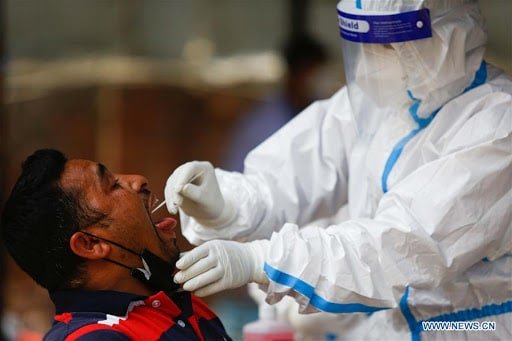
In Nepal, the people with RT-PCR positive are confirmed as a number of COVID-19 cases. This test should be done early but lack of laboratory and skilled person the number of positive cases is unidentified, which is a serious threat. As the number of positive cases cannot get registered, the degree of traceability gets affected and the treatment gets affected (TTT) and here we fail to compete with WHO.
The major differences between these tests followed in Nepal are listed in the below table for easy understanding.
Table: RDT and RT-PCR tests with monitoring parameter
| Parameters | RDT | RT-PCR |
| Sample | Blood | Throat or nasal swab |
| Precaution for Sample | Not necessary | Store in ice bags to prevent degradation |
| Enzyme | Not applicable | Reverse transcriptase |
| Test duration | 15 min to 1.5 hours | 4-8 hours |
| Accuracy | Less | More |
| Sensitivity | Less | More |
| Result | Fast | Slow |
| Accessibility | Used at home | At laboratory |
| Testability | Later more sensitive | Early more sensitive |
| During emergency | Possible | Not possible |
| Cost of test | Cheap | Expensive |
| Specificity | Low | High |
Also Read Recent Updates on Coronavirus Treatment
Author: Hemraj Sharma, Assistant Professor, Pharmaceutical Analysis & Quality Assurance, Shree Medical and Technical College, Bharatpur, Nepal
